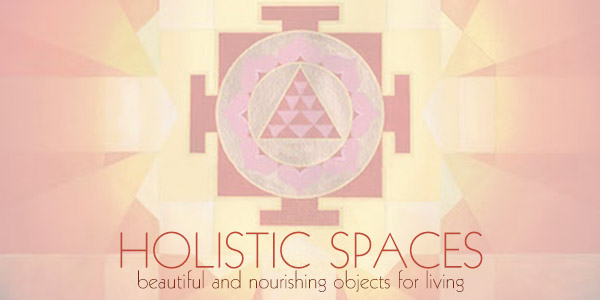VOCs (Volatile Organic Compound) are chemicals added to paint for a variety of reasons including color enhancement, increased adhesiveness and increased ease of spreading. Despite these conveniences, VOCs are extremely dangerous to humans, and the use of them in many paints results in indoor air being anywhere from 3-5 times more polluted and harmful than outdoor air.
What can you do to prevent this? Buy low- and zero-VOC paints, which are now available from almost every brand. Though the main, and obvious perk to using low-VOC paint is reducing the toxicity of your breathing air, benefits do go a bit deeper.
Lower Toxicity
According to the EPA (Environmental Protection Agency), VOCs are some of the environment's arch enemies and a huge risk to humans as well. One of the easiest ways to reduce this risk, both for our environment and our bodies, is to use paints with lower or no VOCs.
VOCs are even more toxic to those with high vulnerability to smells and chemicals as well as allergies. Using lower VOC paints reduces the uncomfortable side effects for this group of people as well.
High exposure to paints with excessive VOCs can result in a wide variety of complaints, from watery eyes to respiratory infections, and in some cases, even cancer. Using paints with a lower level of VOCs can directly reduce these health risks.
No Smell!
Low VOC, No VOC paint contains zero or a minimum amount of compounds, which basically makes the paint almost unscented when wet, and leaves it with no smell at all as soon as it is dried.
Better for the Environment
The toxins emitted from regular, high VOC paints end up in the atmosphere and ultimately the ozone, adding to an already colossal problem of greenhouse gases. Using paint with reduced VOCs significantly decreases the amount of toxins that are released into our ozone. In addition, these paints reduce toxicity in landfills and water, as excess, discarded paint is nowhere near as toxic.
Low or zero VOC paint is also very easy to clean and requires only soap and water, rather than heavy chemicals. One more point for low VOCs versus air-killing chemicals.







